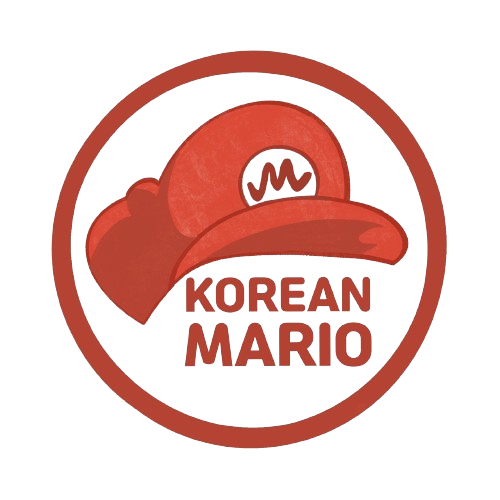Looking for a powerful way to boost your Korean vocabulary? Look no further than Korean Anki decks. Whether you’re a complete beginner or already familiar with the language, Anki is one of the most effective tools for memorizing and reviewing Korean words efficiently.
In this post, we’ll explore how Anki works and why it’s such a popular tool among Korean learners around the world.
What is an SRS (Spaced Repetition System)?
Anki is built on an SRS algorithm, which stands for Spaced Repetition System. The idea is simple but powerful: review information just before you’re likely to forget it.
Imagine traditional flashcards—now supercharge them with smart scheduling. The better you know a word, the less often you see it. If you’re struggling with a word, Anki will show it to you more frequently until you master it.
This personalized review cycle makes learning Korean vocabulary with Anki more efficient than random repetition.
Benefits of Using Korean Anki
There are many language learning tools out there, but Korean Anki decks offer a unique set of benefits:
1. Anki on Your Smartphone or Tablet
One major advantage is mobility. Anki is available on Android, iOS, and through web browsers. That means you can study Korean vocabulary while waiting for a bus or sipping coffee at your favorite cafe.
| Platform | Availability |
|---|---|
| Android | ✅ Yes (Free) |
| iOS | ✅ Yes (Paid) |
| Desktop (Windows/Mac) | ✅ Yes (Free) |
| Web Interface | ✅ Yes |
With your phone always within reach, you’ll never miss a study opportunity.
2. Tailor-Made Learning Just for You
Every learner is different, so why use one-size-fits-all resources?
With Korean Anki, you can either download pre-made decks or create your own custom cards. Creating your own deck ensures the content is relevant and memorable. Add images, audio, example sentences—whatever helps you retain information.
For example:
- Want to focus only on food vocabulary? Build a deck just for that.
- Prefer learning words from your favorite K-dramas? Add those too!
Entering vocabulary manually also boosts memory through repetition and active recall.
3. Daily Accountability = Daily Progress
One of Anki’s strengths is that it holds you accountable. If you skip a day, the reviews don’t disappear—they pile up!
Example:
- Day 1: 10 cards → 4 minutes
- Skip a day → Day 2: 20 cards → 8 minutes
- Skip again → Day 3: 30+ cards → 12+ minutes
The system encourages consistency. That small nudge each day helps build a strong Korean vocabulary over time.
4. The Motivation of Progress
There’s something satisfying about completing your daily reviews. Watching your review count drop to zero gives you a sense of achievement—even without fireworks!
You’re not just studying—you’re progressing toward fluency. That daily success can be a powerful motivator.3
5. Make Learning Fun (and Competitive!)
Studying Korean doesn’t have to feel like a chore. You can gamify your flashcard sessions:
- Set a timer and beat your best time
- Challenge a friend to see who can do more reviews
- Reward yourself with a treat once you clear your deck
Bragging rights? Absolutely. Show off your review streak or the number of cards you’ve mastered—it’s well earned!
Korean Anki Tips for Beginners
If you’re just starting, here are a few tips to make the most of your Korean Anki experience:
| Tip | Why It Helps |
| Use Hangeul | Reinforces reading and pronunciation |
| Add audio clips | Improves listening skills |
| Include example sentences | Helps with usage context |
| Keep sessions short | Avoids burnout |
| Stay consistent | Builds strong memory over time |
Final Thoughts
Whether you’re learning Korean for fun, travel, or TOPIK prep, Korean Anki decks can become your best companion. With smart repetition, custom content, and on-the-go access, you’re in full control of your learning.
Don’t wait—download Anki today and start building your Korean vocabulary step by step.
Table of Contents

